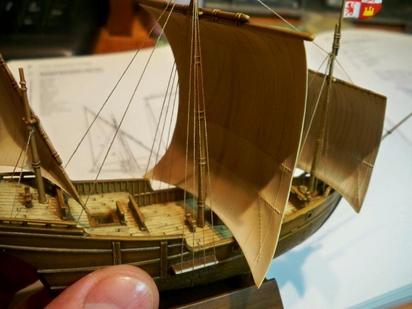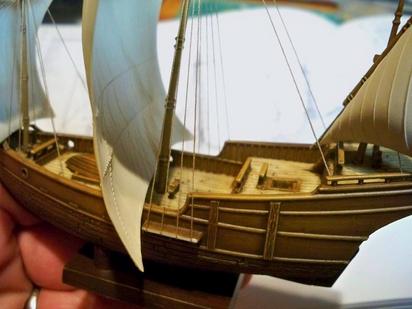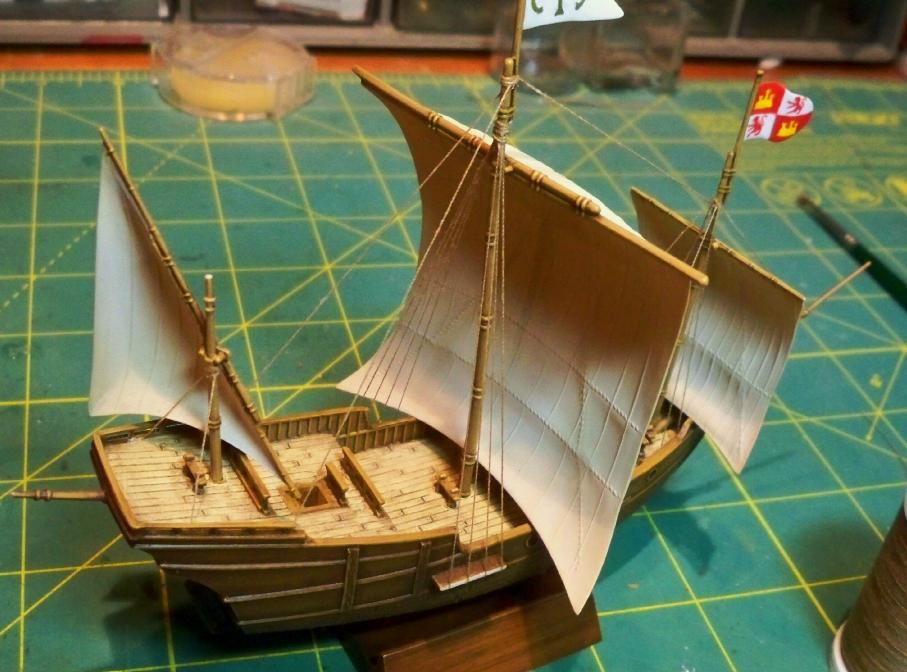Thanks, Michael. Painting is definitely NOT my strongest area, but this fairly basic kit has made me brave enough to try new techniques! (I've never painted flags before)
Since I want to keep the Pinta a quick build, the rig will be a simplified outfit of lines which I hope will convey a reasonable impression without bogging things down too much.
Beginning with the standing rigging (the fixed lines that hold the masts in place), the first task was the shrouds. The kit had come with molded shrouds sporting horizontal ratlines for the main mast, but they were so heavily molded I just couldn’t bring myself to use them.
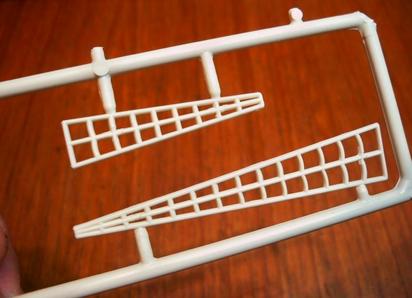
(The pic is actually of the Pyro Niña shrouds, but the Pinta’s were just as thick.)
I opted instead for polyester sewing thread which is cheap, tough, and looks just like miniature rope. First, however, I had to determine the exact number of shrouds to install. As with many details about 15th Century caravels, this seems to be open to interpretation. The Pyro kit part had three per side, but the full-sized Columbus Foundation Pinta replica has five per side, and the Corpus Christi Museum of Science and History replica ship has six; I split the difference and went with four. Also, following the Columbus Foundation and Corpus Christi replica ships, I decided to leave out the horizontal ratlines and installed only the vertical shrouds. Apparently with these small ships the sails were adjusted by lowering the yards to deck level rather than having sailors scramble aloft, so there was no need for ratlines.
Assembly was straightforward. Each shroud was first tied to the mast, then the ends were attached to the channel edges on either side below. There should be complex tightening tackle with deadeyes and attachment fittings at the base of each one, but for simplicity I just super glued them in place.
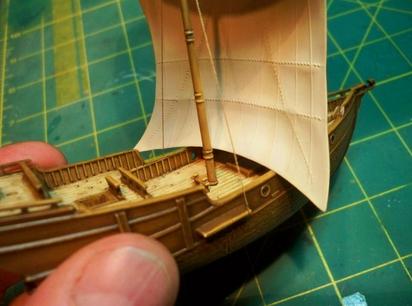
I installed the mainmast shrouds and was happy with them...
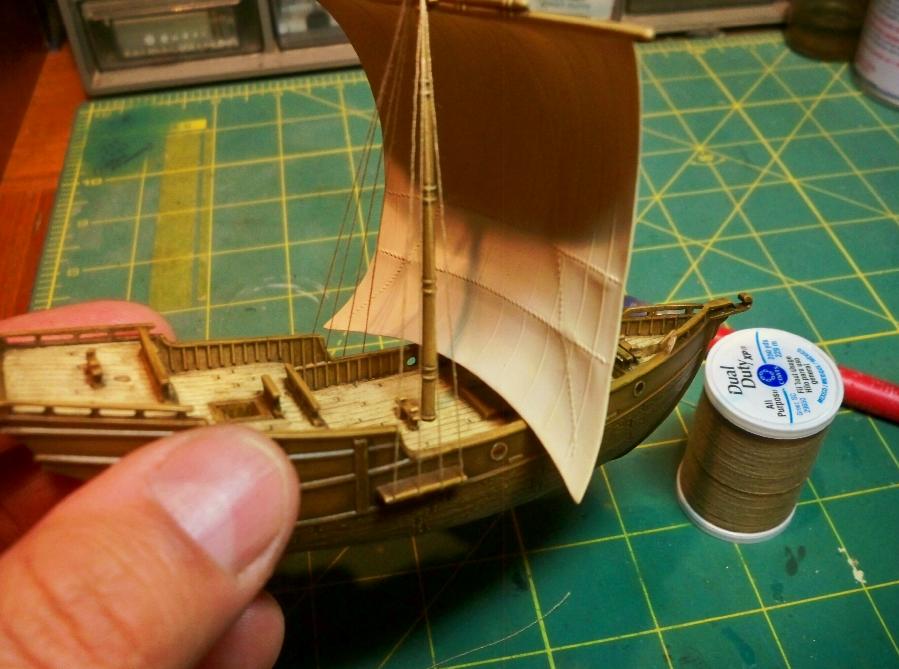
…until I looked more carefully. Seen closely and backlit, the lines were covered in fuzz!
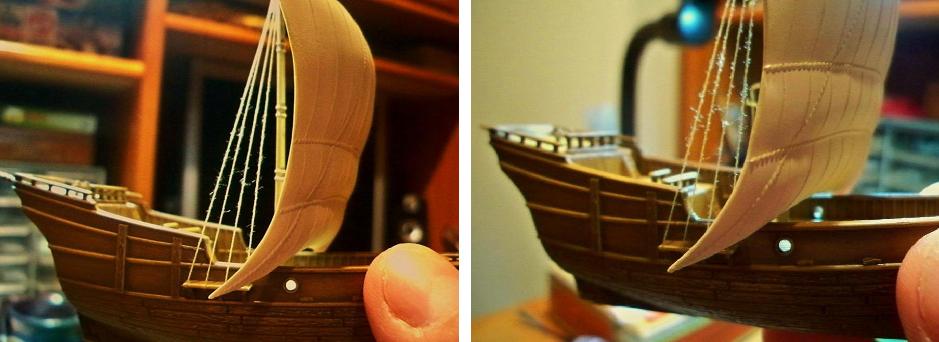
Sewing thread is great for replicating miniature rope because it is essentially made the same way with small fibers twisted together to make a thicker line. Unfortunately, just like real rope, there are always numerous breaks in the small fibers which protrude from the sides of the line. These aren’t particularly visible on full sized rope, but in miniature these little pennants can combine to create an unrealistic fuzz.
I had heard that this can be eliminated by burning the fibers away with a flame passed quickly by the affected lines.
BAD IDEA!
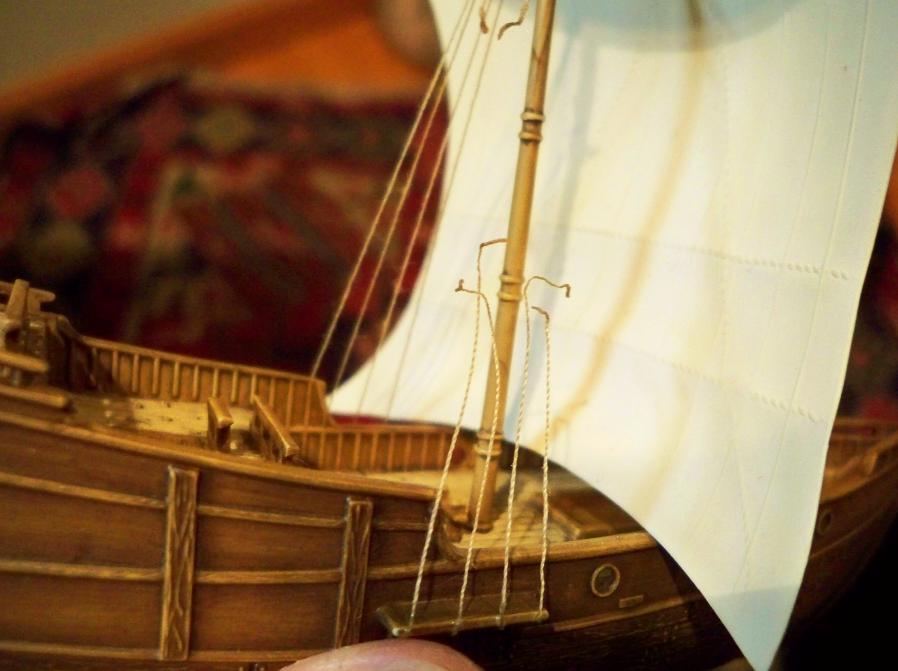
This may work with the cotton threads typically used for sailing ship model rigging, but forgot that I had used highly flammable polyester thread; when I passed the flame by them they instantly ignighted and melted!





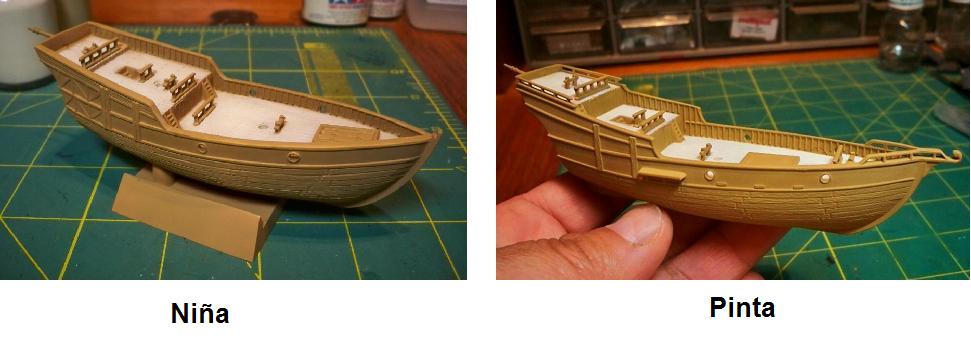





 Still looking good Tim!! Keep slapping this one around the bench!!
Still looking good Tim!! Keep slapping this one around the bench!! 



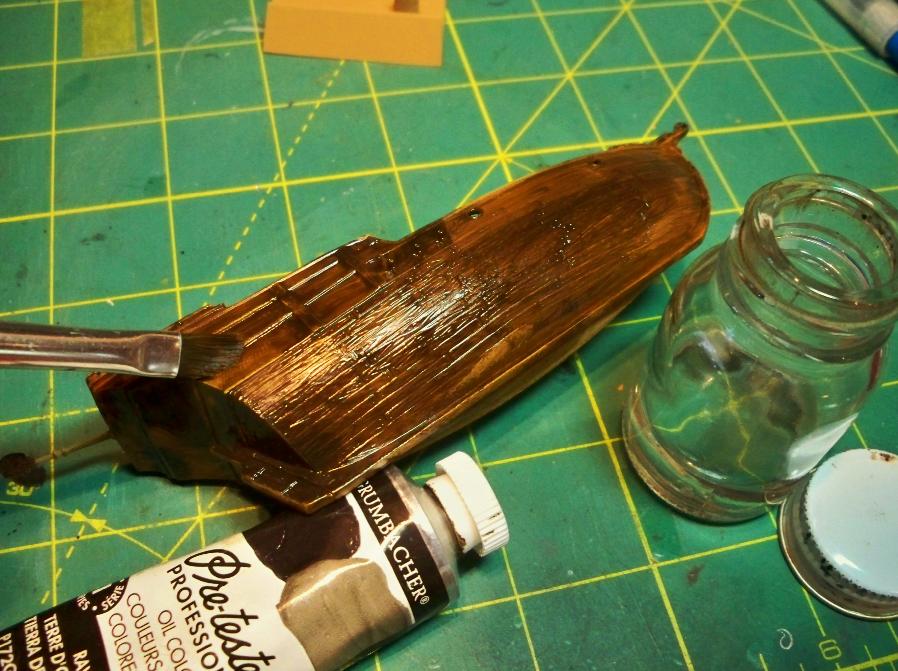
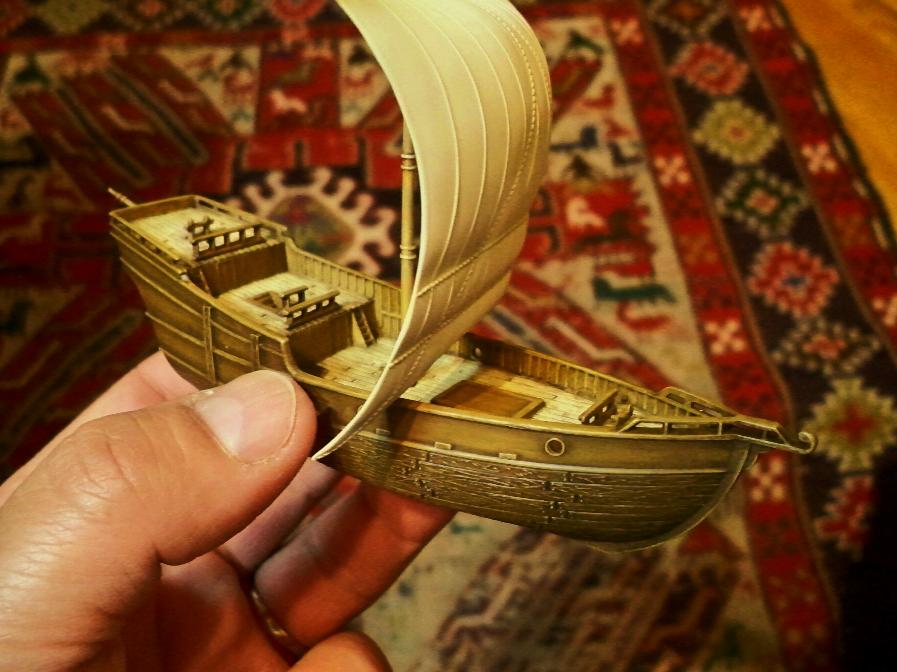






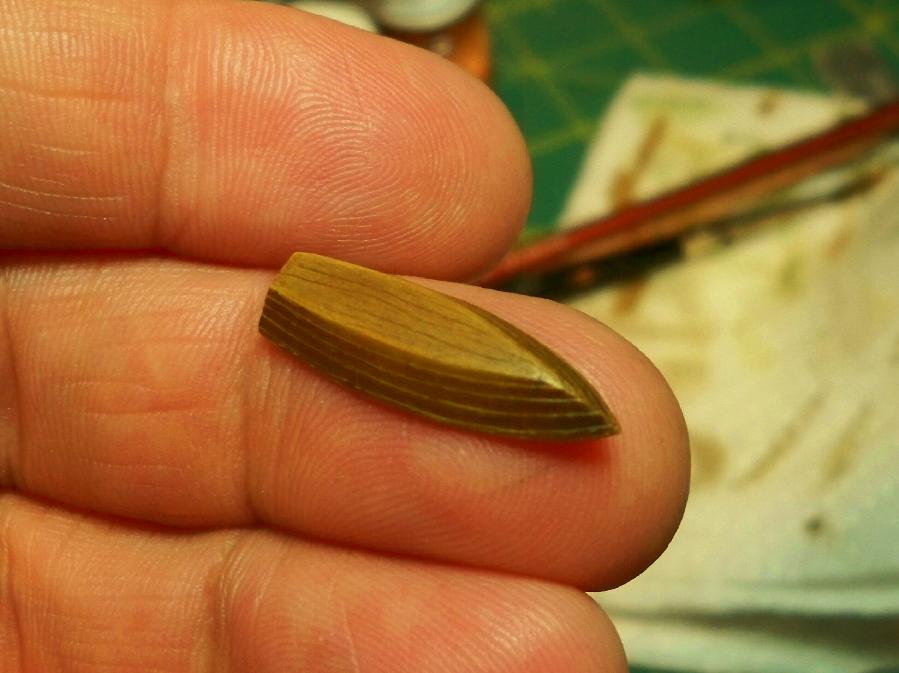




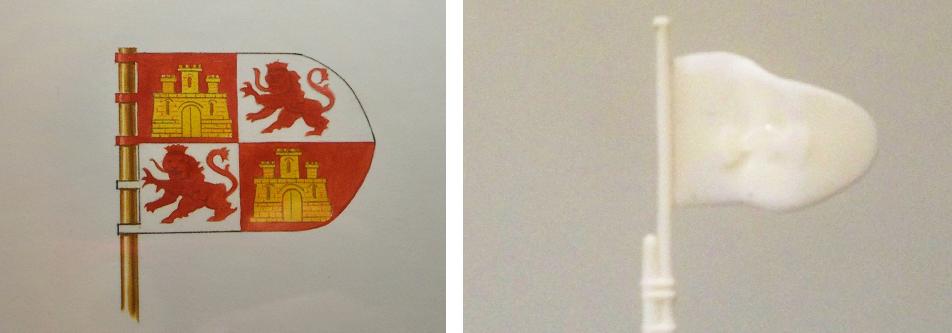
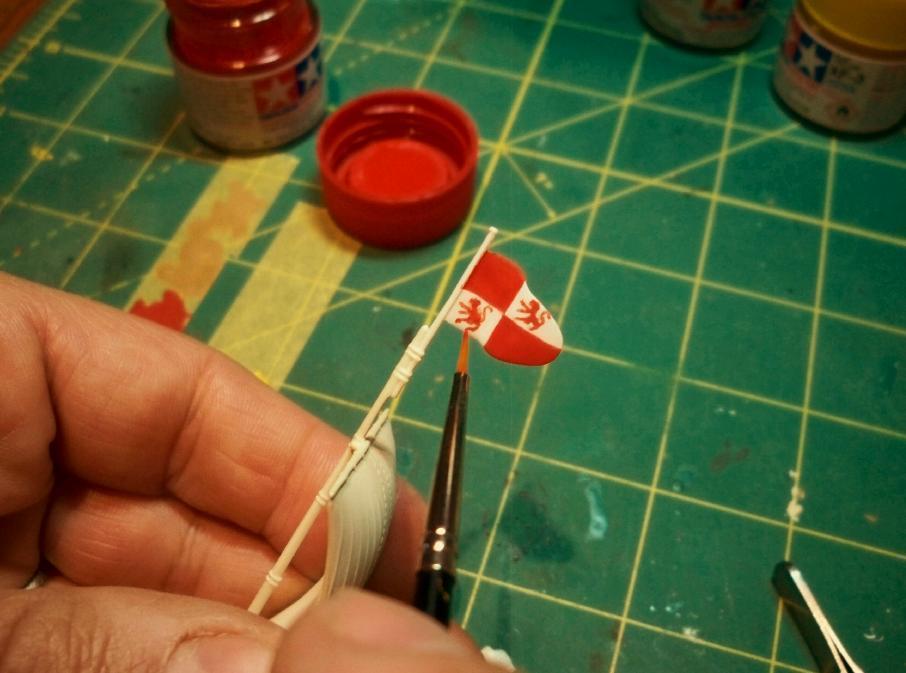
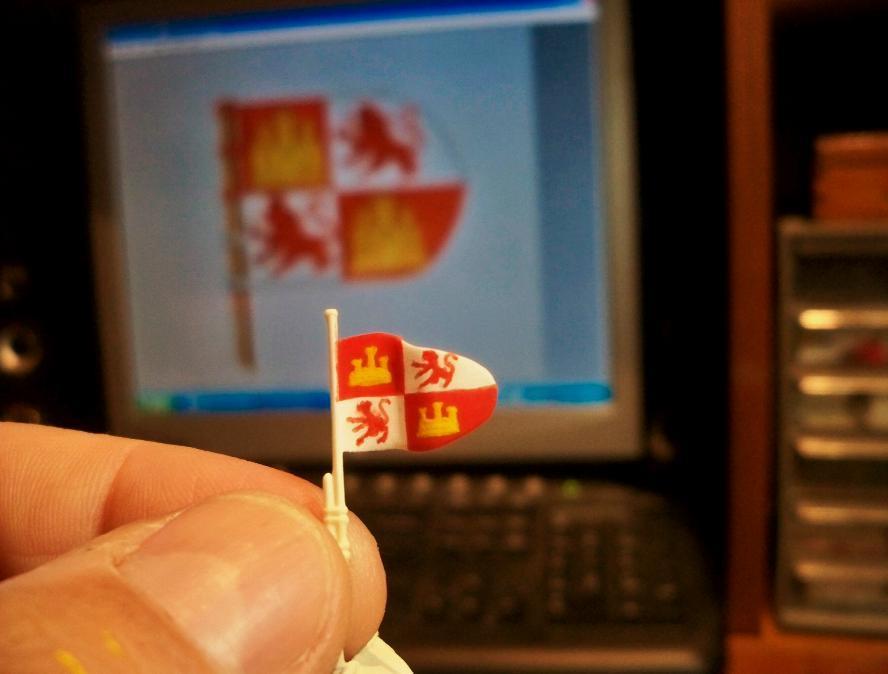








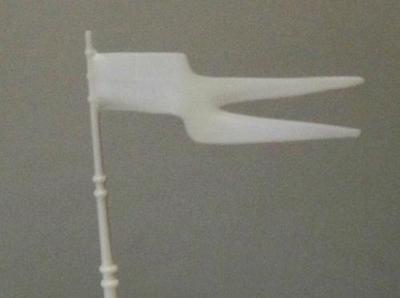
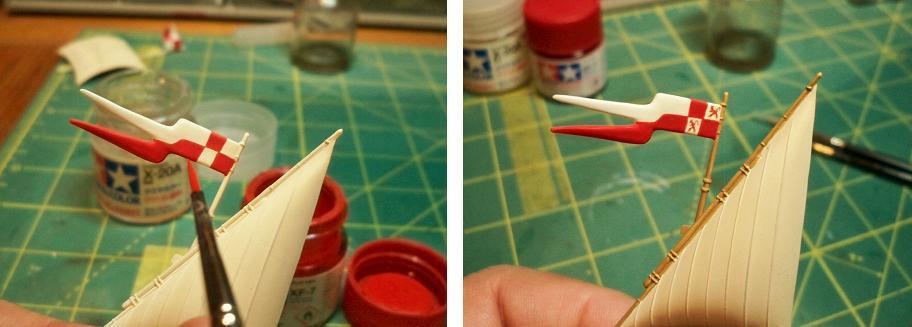
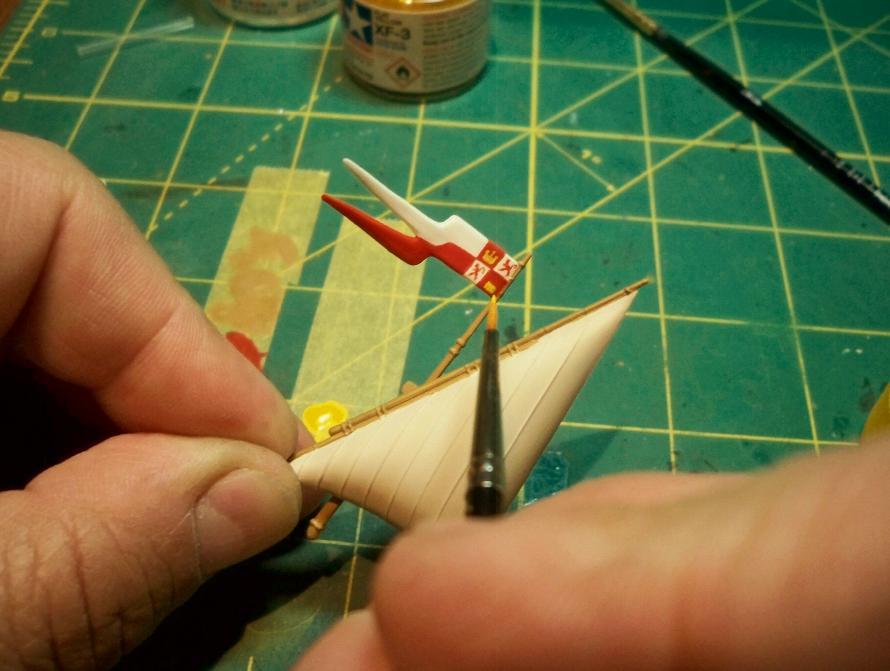














 Good luck on the re-rig!
Good luck on the re-rig! 









